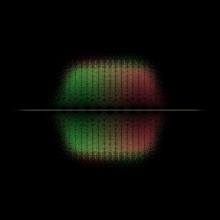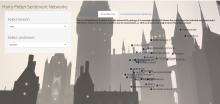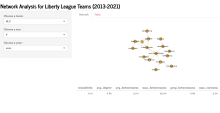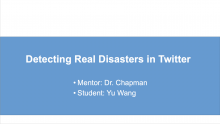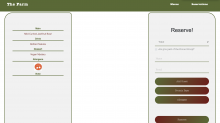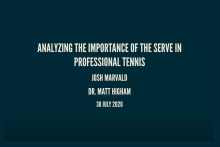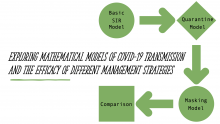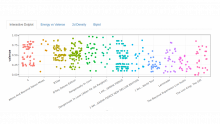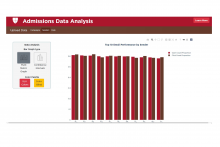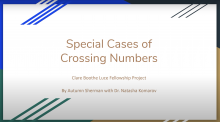Creating a Sports-Based Framework for Enhancing Education in Data Science
I created a series of educational modules and data repositories for college-level statistics classes that use real-world sports data from figure skating, pickleball, soccer, and other sports to teach important statistical concepts, including ANOVA, Confidence Intervals, Data Manipulation, Log Transformation, and more. To adapt this approach for younger students, I also developed high school-level worksheets and lesson plans inspired by the New York Times' "What's Going on in This Graph?" series.



